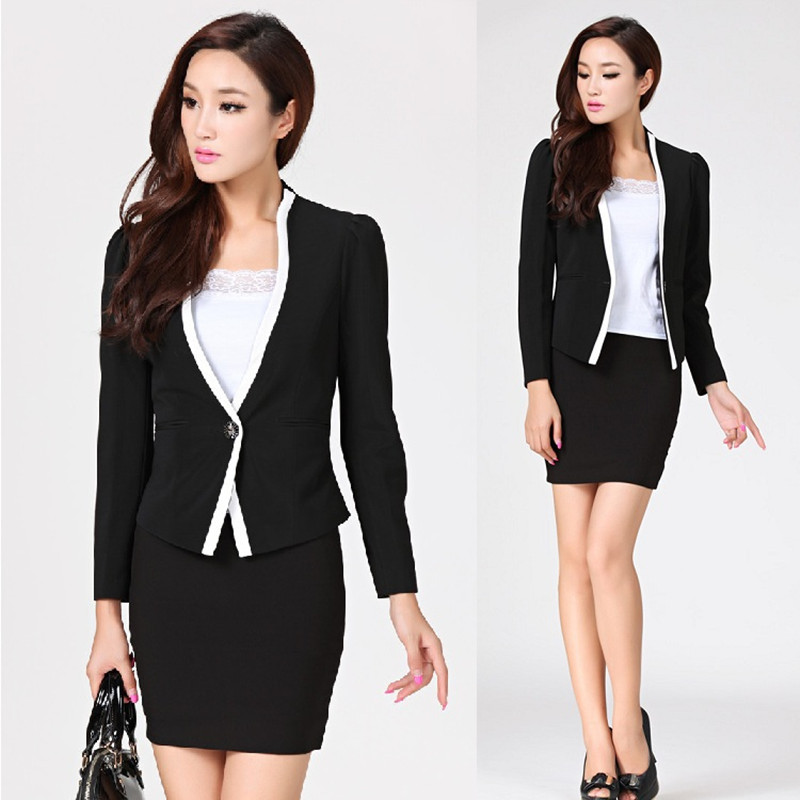Uniform designing is a creative process that involves conceptualizing, planning, and creating clothing that aligns with a specific organization’s or team’s identity, needs, and branding. Whether it’s for sports teams, corporate settings, hospitality industries, or any other context, uniform design plays a crucial role in establishing a visual identity, fostering team spirit, and creating a professional image.

Here are the steps typically involved in uniform designing:
Understanding Requirements:
Research and Inspiration:
Conceptualization:
Sketching and Rendering:
Material Selection:
Logo and Branding Integration:
Feedback and Iteration:
Technical Drawings:
Prototype Development:
Finalization and Production:
Throughout the process, collaboration with stakeholders, designers, manufacturers, and the end users is key to creating successful uniform designs that fulfill both aesthetic and functional requirements. Uniforms should not only look visually appealing but also provide comfort, durability, and support the goals of the organization or team they represent.
Copyright ©️ 2023. All Rights Reserved | Design and Marketing by prontosys.ae